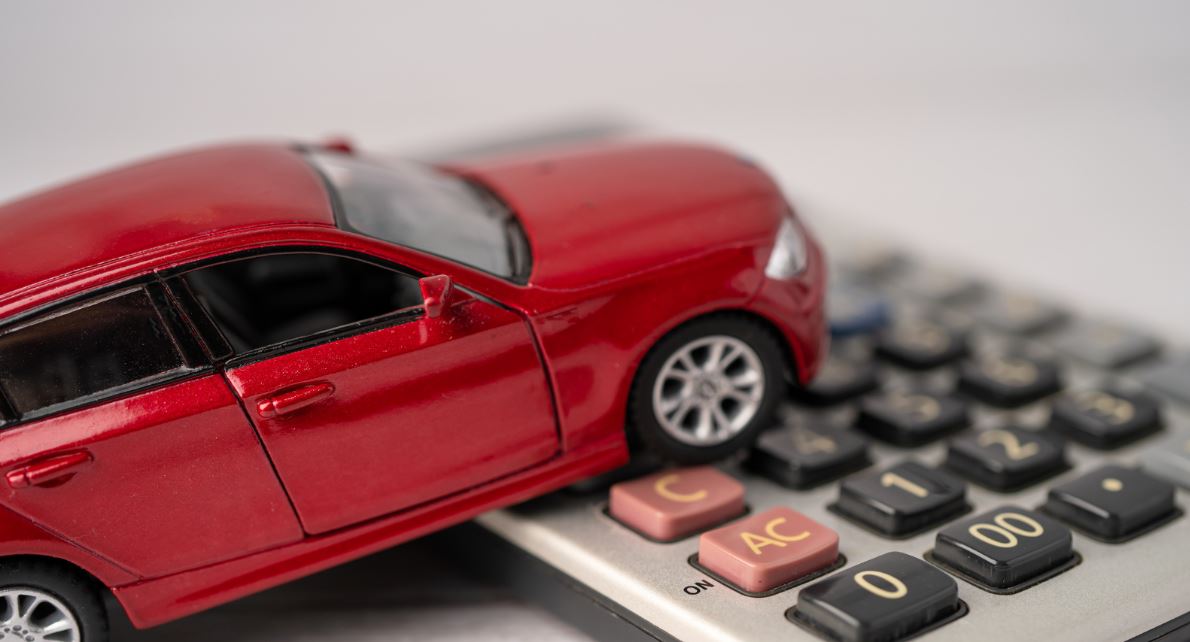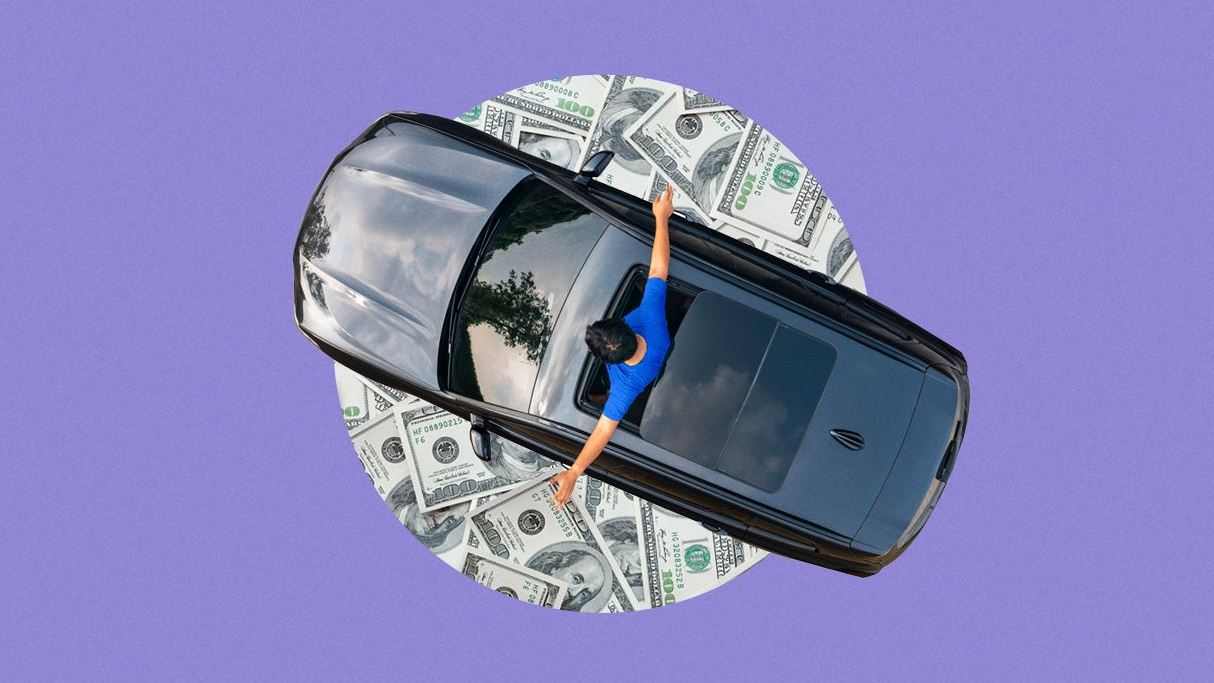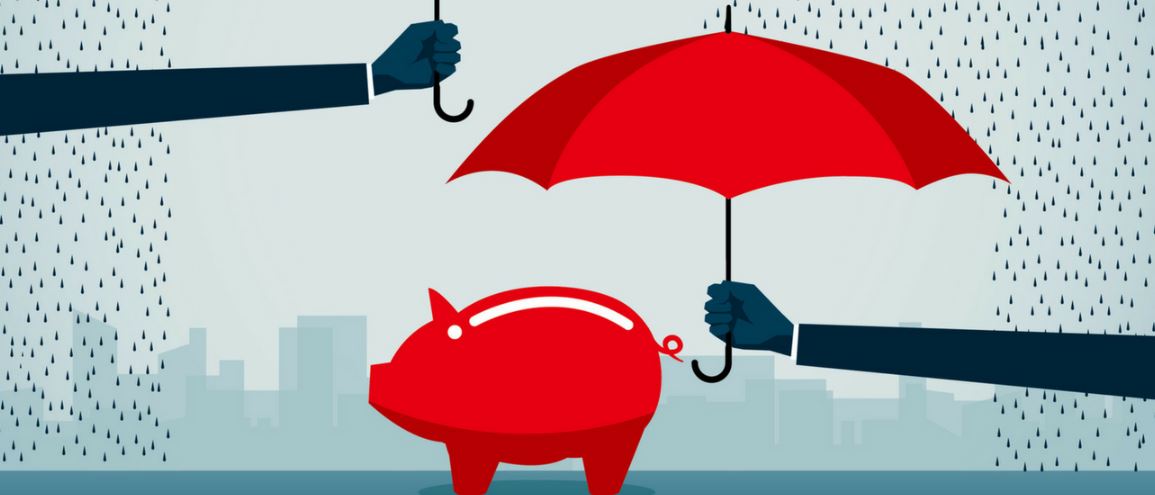Many people now consider owning a car to be essential in today’s fast-paced environment. But buying a car usually means getting an auto loan, which means you’ll need auto loan insurance. It’s essential to comprehend auto loan insurance coverage if you want to safeguard your investment and have peace of mind. This in-depth tutorial will explore the nuances of loan insurance, including its various types, advantages, and how to select the most appropriate coverage for your need.
What is Auto Loan Insurance?
Car owners who purchase auto loan insurance, sometimes referred to as gap insurance, are shielded against monetary loss in the event that their vehicle is stolen or totaled before the loan is repaid. The “gap” between the vehicle’s actual cash value (ACV) and the remaining amount owed on the auto loan is what this insurance is intended to cover. Stated differently, it makes sure you don’t have to pay for a car you no longer own.

Importance
Protecting Your Investment
A new car loses value nearly instantly when you drive it off the lot. Your typical auto insurance policy might only pay for the car’s current market value in the terrible event of an accident or theft, which might be a lot less than the amount you still owe on your loan. This discrepancy is covered by loan insurance, safeguarding your investment and avoiding debt.
Avoiding Financial Burden
You can end yourself having to make monthly payments on a car you no longer own if you don’t get auto loan insurance. This may put a heavy financial strain on you, particularly if you have to buy a new car. By guaranteeing that your loan is repaid, auto loan insurance frees you from the burden of unpaid debt and lets you go on.
Types of Auto Loan Insurance Coverage
Gap Insurance
The most popular type of auto loan insurance is gap coverage. It pays the difference between the remaining loan balance and the car’s ACV. This kind of insurance is especially advantageous for people who:
- Contributed a little down payment for their car.
- Opted for a long-term loan with a smaller monthly installment.
- Use a car with a high mileage that depreciates quickly.
Loan/Lease Payoff Coverage
Loan/lease payment coverage assists in paying off your remaining loan balance in the event that your car is totaled, much like gap insurance does. Still, there are a few distinctions:
- Paydown coverage for loans or leases normally includes a set percentage, usually 25% of the total loan debt.
- There can be a maximum compensation amount for this coverage.
New Car Replacement Insurance
For those who want to safeguard their investment, there is also the option of purchasing insurance for new cars. This coverage guarantees that you will get enough money to purchase a brand-new car of the same make and model if your new car is totaled within a predetermined period of time (typically the first year or the first 15,000 miles).
Combined Coverage
Gap insurance and new car replacement insurance are both offered by some insurance companies as combined coverage. This all-inclusive option offers the highest level of protection; it will pay the difference between the ACV of your car and the loan balance, and if it is totaled during the allotted term, it will replace your car with a new one.

How Auto Loan Insurance Works
Purchasing
You can get vehicle loan insurance straight from your automobile dealership or via your auto insurance. It’s critical to evaluate estimates from several suppliers to make sure you’re receiving the best value. Considerable elements include:
- Premium expenses
- Limitations on coverage
- Limitations and exclusions
Filing a Claim
You’ll have to submit a claim to your auto insurance company in the event of an auto accident or theft. The actions to take are as follows:
Report the Event: As soon as possible after the incident, notify your insurer. Don’t forget to include the place, date, and time of the incident, along with a detailed account of what transpired.
Evaluation: Your insurer will evaluate the extent of the damage to your car and calculate its ACV. The manufacturer, model, age, mileage, and general condition of the vehicle are among the variables that determine its value.
Documentation: Collect any necessary paperwork, such as your auto loan agreement, your proof of purchase, and any other pertinent records. Provide these records to your insurance company as support of your claim.
Claim Processing: Your insurer will compute the gap amount and settle the outstanding loan balance if your claim is accepted. Should you be covered by your insurance for a new automobile replacement, the money to buy a new car will come from your insurer.
Cost of Auto Loan Insurance
Premiums
The amount of your loan, the value of your car, and the kind of coverage you select all affect how much your auto loan insurance premiums will cost. Gap insurance rates typically vary from $20 to $40 annually, but the cost of new car replacement insurance may be marginally more.
Deductibles
There are some policies that include deductibles, which are the costs you have to pay out-of-pocket before your insurance starts to pay for you. Make sure you comprehend how the deductible amount impacts your total expenses.
Bundling Discounts
When you combine your this type insurance with other policies, including collision and comprehensive, many insurance companies will give you a discount. Bundling is a worthwhile idea to investigate because it can lead to big savings.
Conclusion
It’s critical to comprehend this type insurance coverage if you want to safeguard your investment and maintain your financial stability. You may choose the insurance that best meets your needs by being aware of the many coverage options, their advantages, and the things to think about while making a decision. Having auto loan insurance gives you peace of mind and protects your finances in the case of an accident or theft, regardless of whether you choose gap insurance, loan/lease repayment coverage, new car replacement insurance, or combined coverage.



